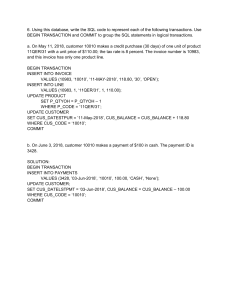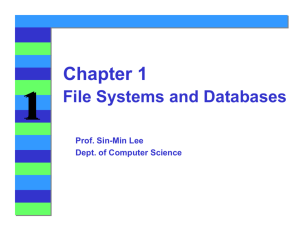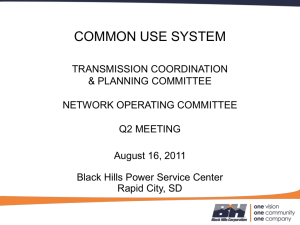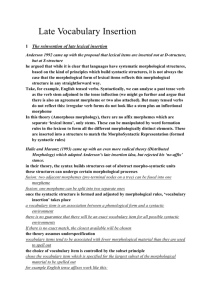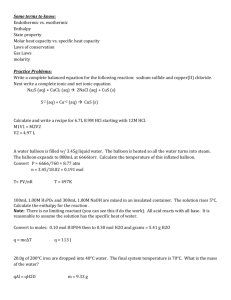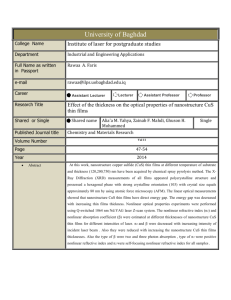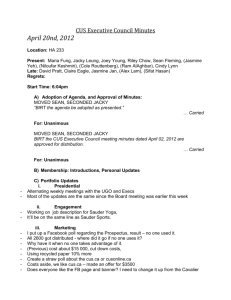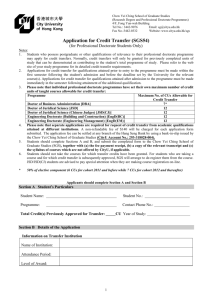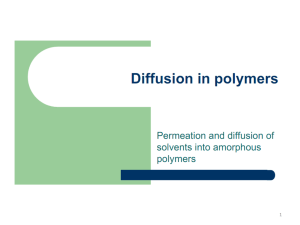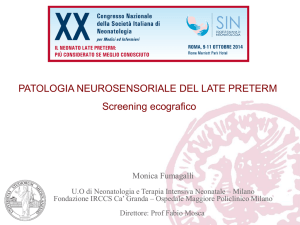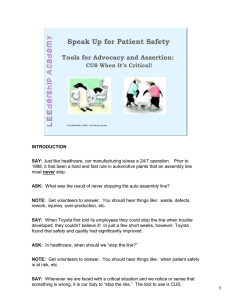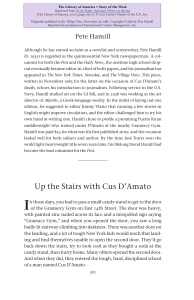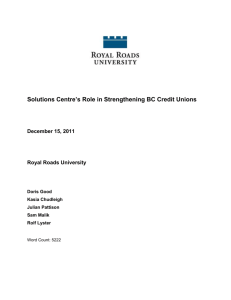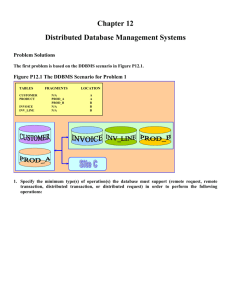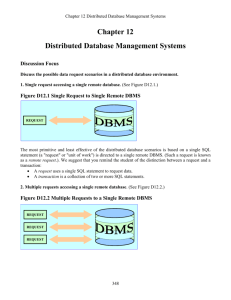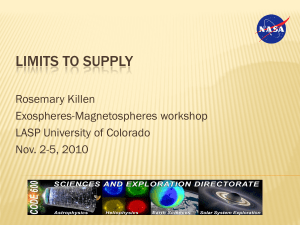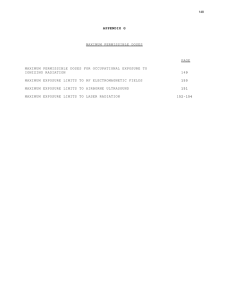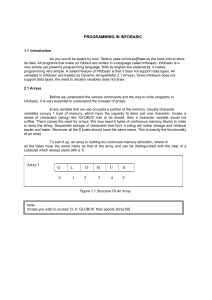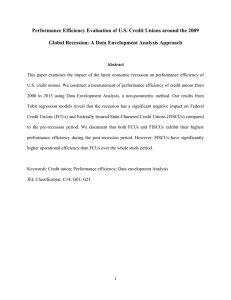Supporting information Hierarchical, porous CuS
advertisement
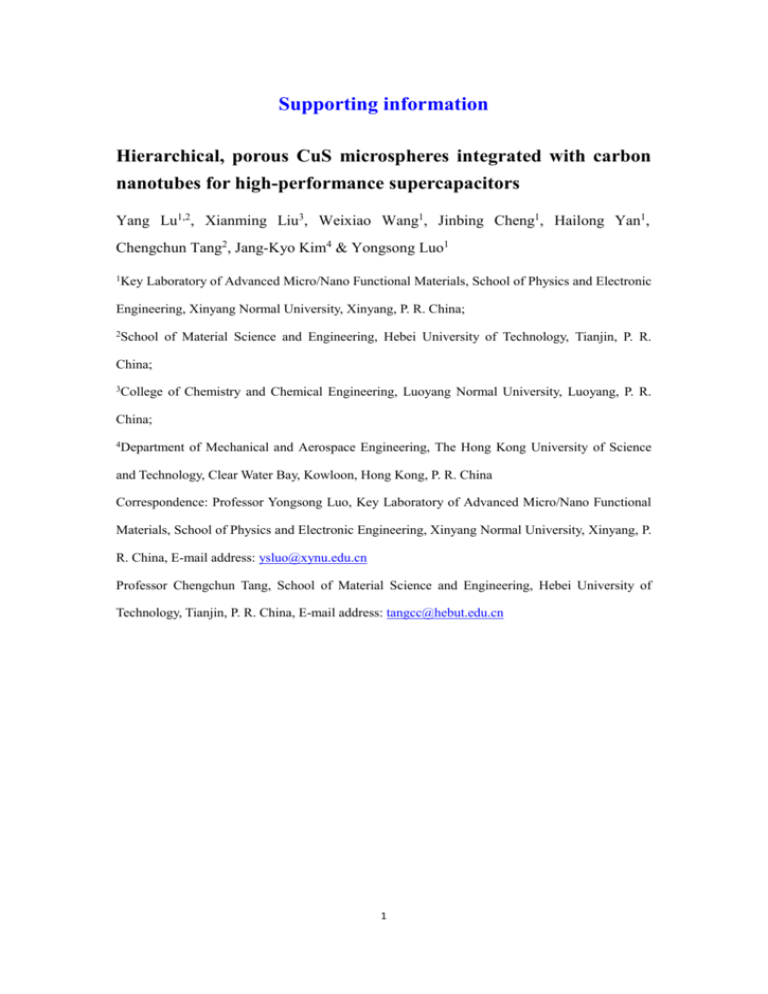
Supporting information Hierarchical, porous CuS microspheres integrated with carbon nanotubes for high-performance supercapacitors Yang Lu1,2, Xianming Liu3, Weixiao Wang1, Jinbing Cheng1, Hailong Yan1, Chengchun Tang2, Jang-Kyo Kim4 & Yongsong Luo1 1 Key Laboratory of Advanced Micro/Nano Functional Materials, School of Physics and Electronic Engineering, Xinyang Normal University, Xinyang, P. R. China; 2School of Material Science and Engineering, Hebei University of Technology, Tianjin, P. R. China; 3College of Chemistry and Chemical Engineering, Luoyang Normal University, Luoyang, P. R. China; 4Department of Mechanical and Aerospace Engineering, The Hong Kong University of Science and Technology, Clear Water Bay, Kowloon, Hong Kong, P. R. China Correspondence: Professor Yongsong Luo, Key Laboratory of Advanced Micro/Nano Functional Materials, School of Physics and Electronic Engineering, Xinyang Normal University, Xinyang, P. R. China, E-mail address: ysluo@xynu.edu.cn Professor Chengchun Tang, School of Material Science and Engineering, Hebei University of Technology, Tianjin, P. R. China, E-mail address: tangcc@hebut.edu.cn 1 Figure S1 Nitrogen adsorption/desorption isotherms of CuS/CNT composites. Inset presents the corresponding pore size distribution curve. 2 Figure S2 (a) Constant current charge/discharge curves of the CuS/CNT electrode with 8 mg cm-2 mass loading measured at different current densities; and (b) variations of specific capacitance of the CuS/CNT electrodes as a function of current density. 3 Figure S3 Specific capacitances and capacities of the CuS/CNT electrode with a loading of 8 mg cm-2 at different current densities. Table S1 Charge transfer resistance (Rct) and internal resistance (Rs) of the CuS/CNT-based electrode materials. Sample cm-2 8 mg 15 mg cm-2 25 mg cm-2 Rct (Ω) Rs (Ω) 0.1 0.14 0.18 0.06 0.11 0.15 4
